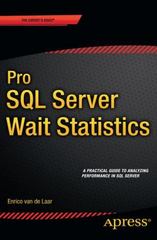Answered step by step
Verified Expert Solution
Question
1 Approved Answer
Q4. Model-free Reinforcement Learning: Cycle (20 points) Consider an MDP with 3 states, A, B and C; and 2 actions Clockwise and Counterclockwise. We do

Step by Step Solution
There are 3 Steps involved in it
Step: 1

Get Instant Access to Expert-Tailored Solutions
See step-by-step solutions with expert insights and AI powered tools for academic success
Step: 2

Step: 3

Ace Your Homework with AI
Get the answers you need in no time with our AI-driven, step-by-step assistance
Get Started


